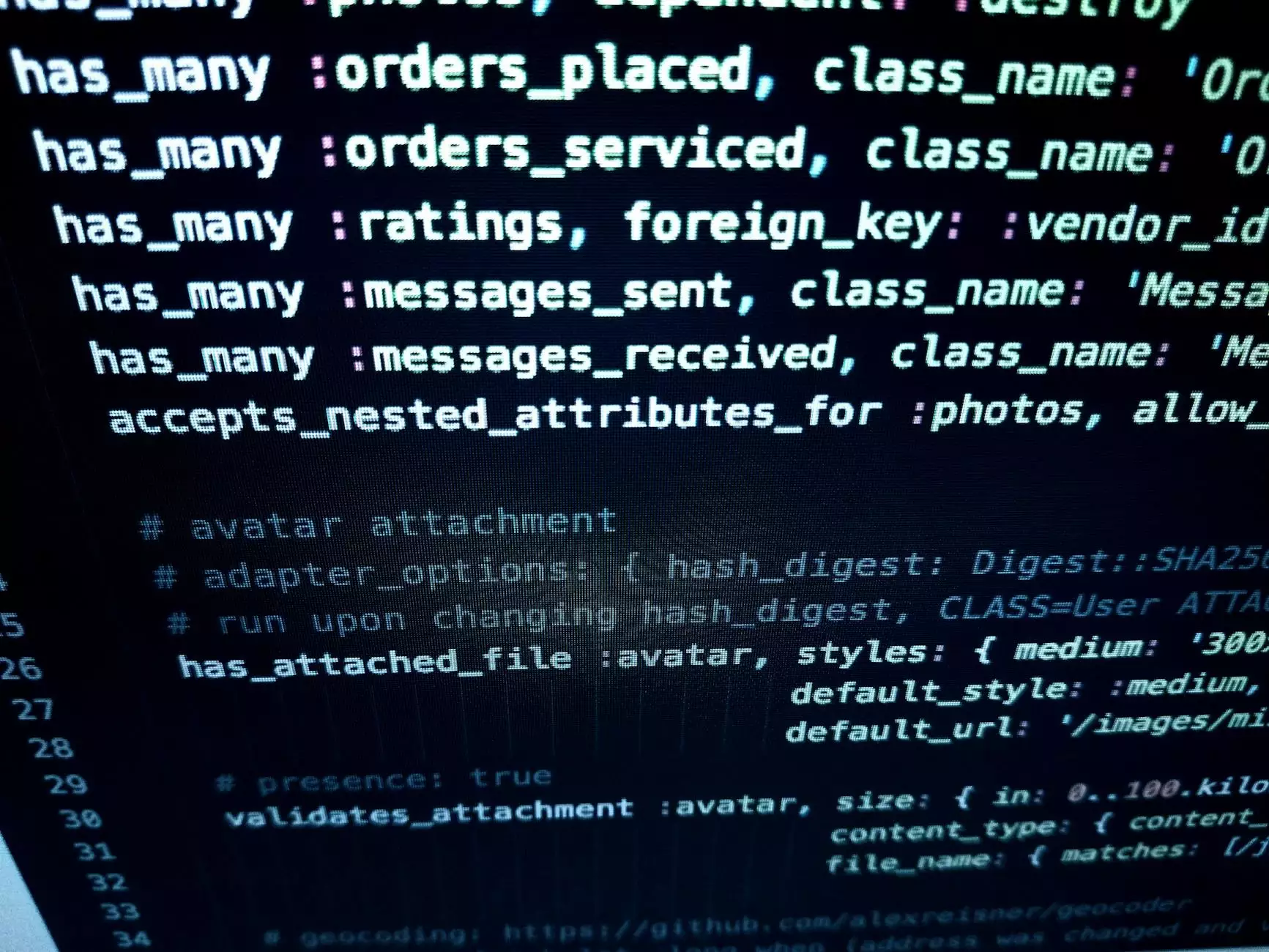Rock, Paper, Scissors: A PHP Tutorial
Blog
Welcome to Web Designs By Ray Alexander, your go-to resource for expert website development services. Today, we are excited to present a comprehensive PHP tutorial on how to implement the classic game of Rock, Paper, Scissors. Whether you are a beginner or an experienced PHP developer, this tutorial will guide you through the process of building your own Rock, Paper, Scissors game from scratch.
Introduction to Rock, Paper, Scissors
If you've ever wondered how to create an interactive game using PHP, Rock, Paper, Scissors is a great starting point. This game is simple yet engaging, allowing users to play against the computer and test their decision-making skills. By following this tutorial, you will gain practical knowledge of PHP programming concepts while creating a fun and interactive game.
Getting Started
Before we dive into the PHP code, make sure you have a basic understanding of HTML, CSS, and PHP. If you are new to web development, we recommend familiarizing yourself with these languages through online tutorials or courses. Once you feel comfortable with the fundamentals, you'll be ready to embark on this exciting PHP journey with us.
Setting Up Your Development Environment
To get started, ensure that you have a local development environment installed on your computer. We recommend using XAMPP, a popular option that includes PHP, MySQL, and Apache. XAMPP provides a convenient way to set up a local server and test your PHP code without needing to publish it to a live website. Once you have XAMPP installed, you can proceed to the next step.
Building the Game Interface
Now that you have your development environment ready, let's start building the game interface. We will use HTML, CSS, and PHP to create a visually appealing and functional user interface. In the upcoming sections, we'll break down the necessary steps to build each component of the game.
HTML Structure and CSS Styling
The first step is to define the HTML structure of our game interface. We'll use semantic HTML tags to optimize accessibility and search engine visibility. Additionally, we'll apply CSS styling to enhance the visual appeal of the game interface. By utilizing CSS best practices, we can ensure that our game is responsive and user-friendly across different devices and screen sizes.
Implementing the Game Logic with PHP
Next, we'll dive into the game logic using PHP. We'll explore how to handle user input, generate random computer choices, and determine the winner of each round. By leveraging PHP's powerful features, such as conditional statements and loops, we can create a dynamic game that adapts to user interactions. Throughout the tutorial, we'll explain each step in detail, ensuring you understand the underlying concepts.
Testing and Refining Your Game
Once you've implemented the game interface and logic, it's important to thoroughly test and refine your creation. By identifying and fixing any bugs or usability issues, you can provide a seamless gameplay experience to your users. We'll provide tips and strategies for effective testing and debugging, ensuring your Rock, Paper, Scissors game is well-polished and error-free.
Conclusion
Congratulations! You've successfully completed this PHP tutorial, where we guided you through building your own Rock, Paper, Scissors game. By following along, you have gained valuable insights into PHP programming concepts and web development best practices. Now it's time to apply your newfound knowledge to create even more exciting projects.
At Web Designs By Ray Alexander, we are passionate about empowering developers like you with the skills and knowledge needed to excel in the field of web development. Stay tuned for more tutorials and resources, as we strive to provide valuable content to the web development community.










